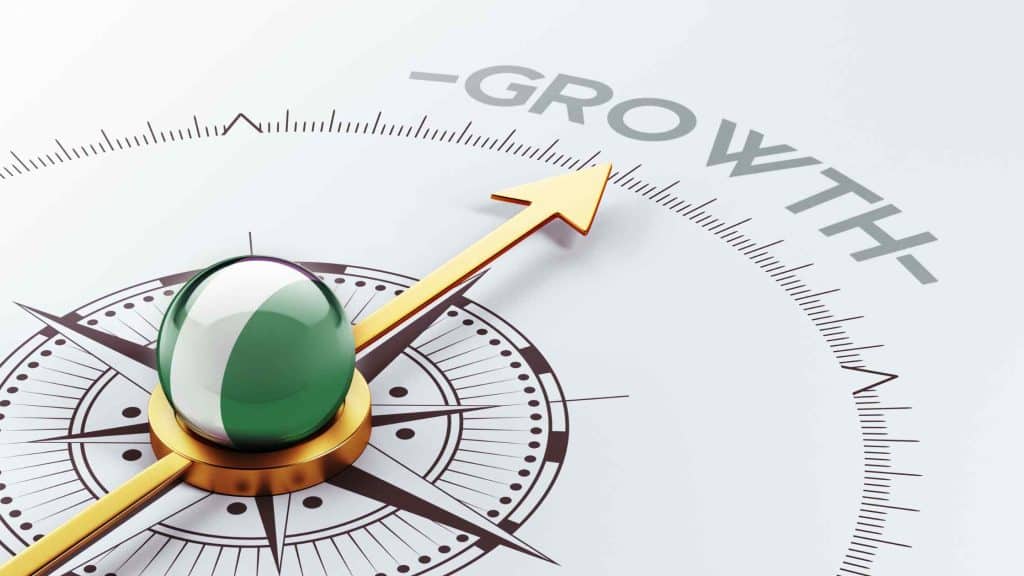Data analytics has emerged as a critical discipline in our world. Data analytics is the process of examining large sets of data to uncover valuable insights and make informed, data-driven decisions. Data analytics involves collecting, cleaning, processing, analyzing, and interpreting data to identify patterns, trends, and correlations. Data analytics is a multidisciplinary field that draws upon various domains, including mathematics, statistics, computer science, and business. Analysts need a strong foundation in these areas to effectively analyze and interpret data, which is a key aspect of data science.
The Basics of Data Analytics
The data analytics process involves five key steps:
- Data collection: Whether it is through surveys, sensors, social media, or transactions, data is gathered from various sources. Ensuring the integrity and quality of the collected data through stringent data management practices is important. This includes defining data requirements, determining the data collection method, and ensuring data quality.
- Data processing: Next, the data needs to be processed and cleaned to remove any inconsistencies or errors. This step ensures accurate analysis and meaningful results. Data processing gets the data into a format suitable for analysis.
- Data cleaning: Data cleaning removes any inaccuracies, inconsistencies, or outliers that could skew the results.
- Data analysis: Using statistical techniques, machine learning algorithms, and data visualization tools, analysts uncover patterns and insights buried within the data. This enables them to make data-driven decisions and predictions.
- Data interpretation: Effective data interpretation requires domain knowledge and critical thinking skills, as analysts need to consider the context and narratives behind the data to gain a deeper understanding.
The Importance of Data Analytics
Using data analytics to your advantage helps to put your business ahead of its competitors. Data analytics help you to get a holistic understanding of your operations, customers, and markets. This knowledge enables you to optimize processes, identify new opportunities, mitigate risks, and make informed decisions with confidence. Data analytics is also used by government agencies, healthcare providers, educators, researchers, and more. Business intelligence tools can help businesses make strategic decisions by providing insights into market trends and customer behavior.
Types of Data Analytics
Data analytics can be classified into different types based on the objectives and methods used:
- Descriptive Analytics: Descriptive analytics focuses on summarizing and visualizing historical data to gain insights into past trends and events. Descriptive analytics provides a snapshot of what has happened and helps in understanding the current state of affairs.
- Diagnostic Analytics: Diagnostic analytics goes beyond descriptive analytics by analyzing historical data to understand why certain events or trends occurred. Diagnostic analytics aims to uncover the root causes of problems or successes and provides a deeper understanding of the underlying factors.
- Predictive Analytics: Predictive analytics uses historical data and statistical modeling techniques to forecast future outcomes or trends. Predictive analytics helps you make informed predictions and anticipate potential scenarios based on patterns and relationships identified in historical data.
- Prescriptive Analytics: Prescriptive analytics takes predictive analytics a step further by recommending actions or decisions to maximize desired outcomes. Prescriptive analytics uses optimization techniques, simulation models, and business rules to provide actionable insights and support decision-making processes.
Tools and Techniques in Data Analytics
Various tools and techniques are employed in data analytics to make sense of complex data sets:
- Data Mining: Data mining involves discovering patterns and relationships within large data sets, often using machine learning algorithms. The machine learning algorithms learn from the data to make predictions or identify patterns, enabling organizations to gain valuable insights and improve decision-making.
- Big Data Analytics Tools: Big data analytics tools help in processing, analyzing, and visualizing large volumes of data from diverse sources, enabling your business to extract meaningful insights and make data-driven decisions in real-time.
- Data Visualization Techniques: Data visualization uses charts, graphs, and interactive dashboards to present data in a visually appealing and understandable manner. Data visualization helps you to identify patterns, trends, and outliers quickly, making it easier for stakeholders to grasp complex information and make informed decisions.
The Role of Advanced Data Analytics Tools
Tools like Graphite Note exemplify the power of data analytics. A no-code predictive and prescriptive analytics platform, Graphite Note uses advanced machine learning algorithms and data visualization techniques to empower users to gain valuable insights, make accurate predictions, and optimize decision-making without the need for coding expertise.
Continuous Improvement
Data analytics is not a one-time process but rather an ongoing journey. As new data is collected and trends evolve, you need to continuously analyze and interpret the data to stay ahead of the curve. This iterative approach enables your business to adapt to changing market dynamics and make proactive decisions. Data analytics can be used for anomaly detection and fraud prevention by analyzing patterns and outliers in data to identify suspicious activities.
Conclusion
Ready to take the next step in your data analytics journey? Learn how Graphite Note can revolutionize your approach to machine learning and predictive analytics. With our intuitive platform, you can transform complex data into actionable insights and strategic decisions, all without the need for coding expertise. Graphite Note is your gateway to unlocking efficiency and precision in predicting business outcomes. Don’t miss the opportunity to elevate your data analytics capabilities. Request a Demo today and see how Graphite Note can empower your decision-making and drive innovation.




